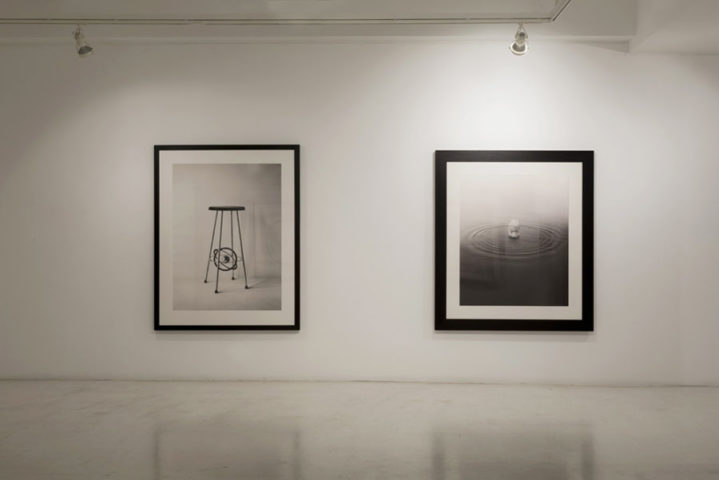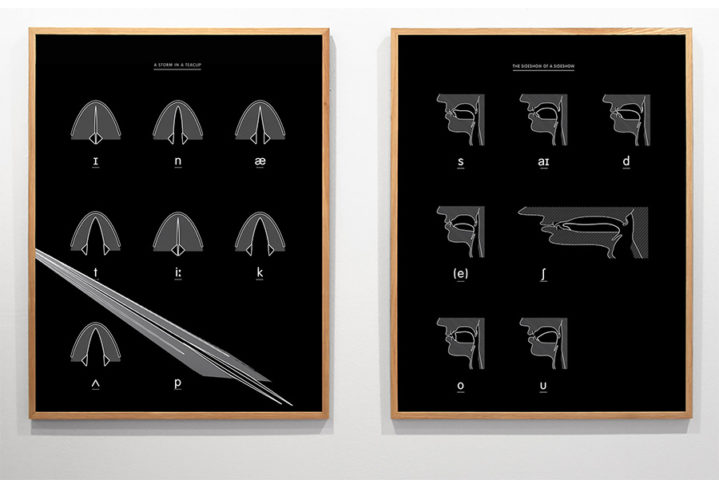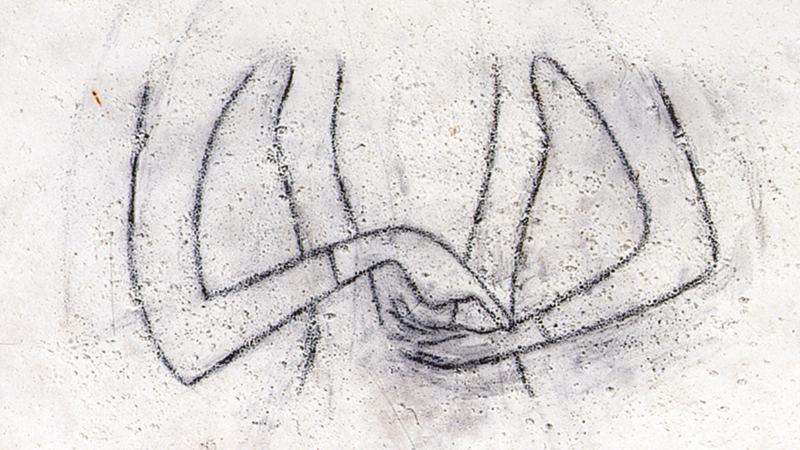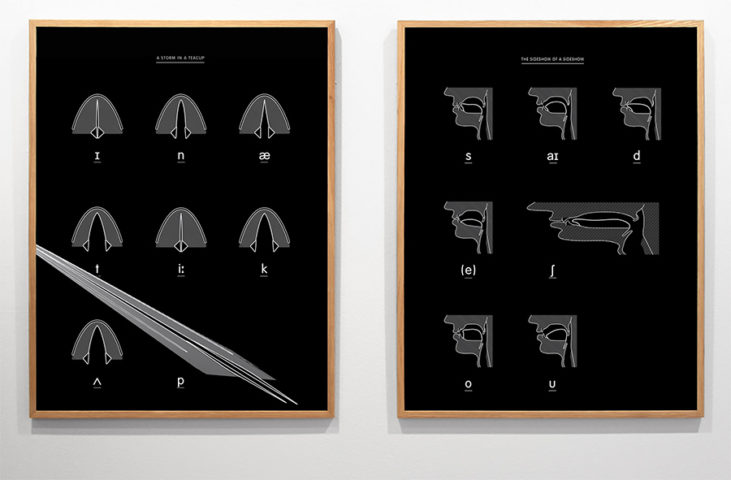Opening 16.01, 19h
Exhibition 17.01 – 30.05.2020
On Thursday January 16, we will open the seventh exhibition of Chema Madoz at the Galeria Joan Prats. We will present recent works made between 2012 and 2018.
The black and white photographs by Chema Madoz are characterized by their sharpness and fineness. Simple objects of everyday life appear in his pictures. The photographer has manipulated them, often combining two objects, looking for associations or paradoxes. These sculptures created by the artist are born only to be photographed, always with natural light. The change of scale and the absence of color allow us to establish a distance and at the same time distort reality, questioning ideas such as the true and the possible.
In the images of Chema Madoz, therefore, two points of view converge, the one from the photographer himself and the one from the viewer, who faces photography from the same place from where he faced the object. In the words of Chema Madoz, he is interested in “the idea of finding, discovering and perceiving the mystery in everyday life.” At the same time, the artist conceives reality as an exercise of reading, and with a cold look, he documents the destruction of its rules through photography.
All the photographs are printed on baryta paper and sulfide toned.



